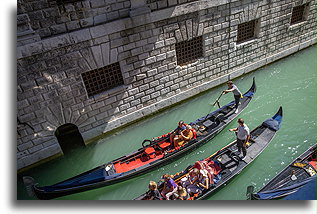
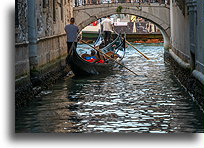
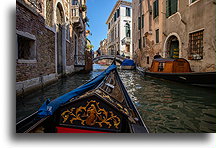
The gondola originates from Venice, Italy. The design of long and flat-bottomed boat makes it ideal for navigating shallow waters and narrow canals. Unlike other boats, they do not have a keel or rudder. Gondola is also asymmetrical along the length and the rear left side of the boat is wider than the right. Single gondolier uses long rowing oar which is not fastened to the hull.
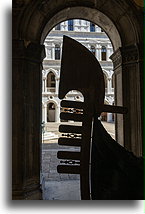
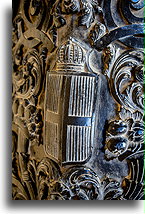
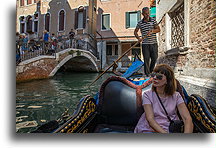
When horses were banned in 14th century, gondolas became the main means of transportation in Venice, but exclusively by nobility. Gondolas were painted in different colors until the 16th century, when authorities banned ostentatious ornamentation and decreed all gondolas to be black. Traditionally gondolas had a cabin for the passengers, which allowed the nobility to travel anonymously.
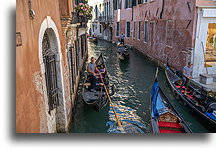
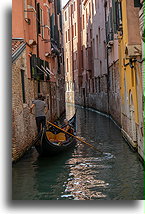
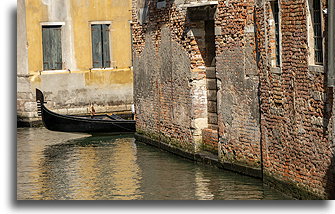
Today, gondolas are very expensive to manufacture. A new one costs the equivalent of midsize car. It is not easy to become a gondolier. The apprentice must pass preliminary examination, take rowing lessons and practice in narrow canals. Successfully passing the exams allows to become only a substitute for the gondolier. To become a gondolier, a substitute must inherit or buy a license that costs hundreds of thousands of euros.




